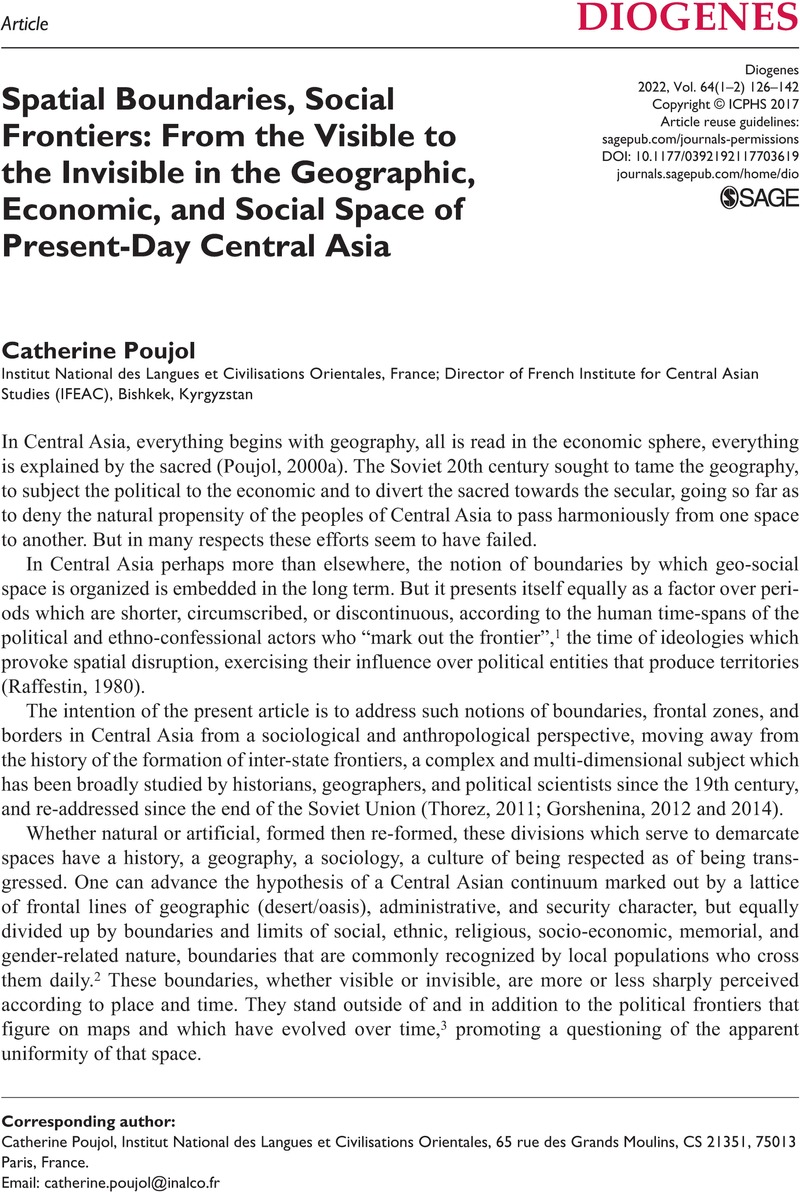Poujol, C (forthcoming)
Architecture and politics in Central Asia: The mirage of the President. Subliminal planification and architecture in the new capital Astana (Kazakhstan). In
Bissenova, A,
Schoeberlein, J,
McGuire, G (eds) The Steppe and the Sown, XIII Biennial Conference of the European Society for Central Asian Studies (ESCAS), Astana, Kazakhstan.
Google Scholar 